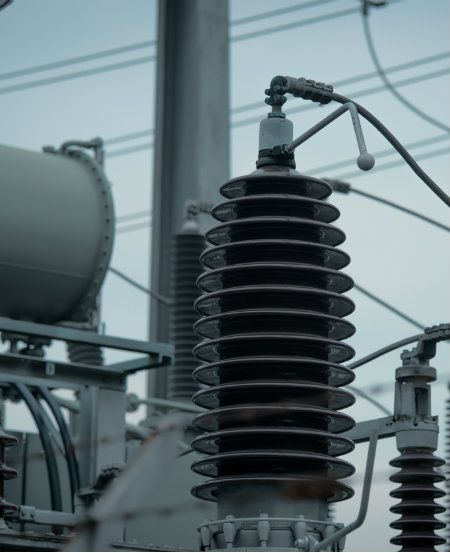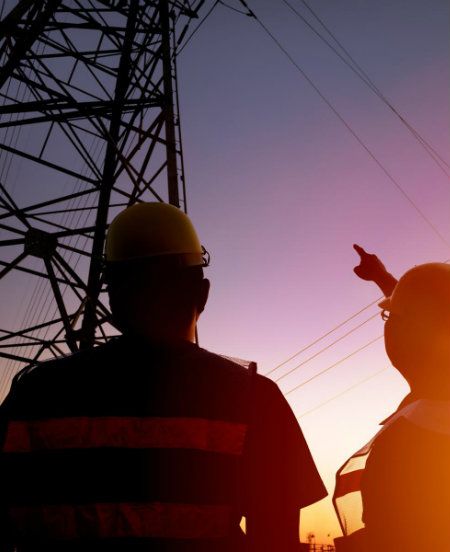
BACKGROUND INFORMATION
TRANSMISSION AND DISTRIBUTION NETWORKS
The electricity generated by power plants has to be carried to end users in a secure way. This is achieved via the use of various transmission and distribution networks, running along fixed lines (trails), which are able to carry the electricity generated to the end users, in a safe and economic way.
The energy generated by the power plants gets uploaded onto the transmission and distribution network in a form unsuitable for “average consumer” use, therefore it has to be converted into a proper “end user compatible format”, which is the task of the so-called substations. The electricity being in a suitable form for end users then gets transported to the end users via 0.4 kV (low) voltage distribution networks.
OFFICIAL LICENSING PROCEDURE FOR OVERHEAD LINE AND LANDLINE TRAILS
Depending on their purpose and specific voltage level, power lines are classified into the categories of transmission/distribution network trails, or overhead line/landline trails. The original function of the transmission network is to transmit the energy generated by the various power plants to larger size end user junctions (e.g. cities), while distribution networks are used to transmit the electricity to the users.
SUBSTATIONS
Substations are used to connect the various networks operating at varying voltage levels. In Hungary, transmission network substations are typically positioned outside the cities, while distribution network substations are located within the urban areas, near the end users.
